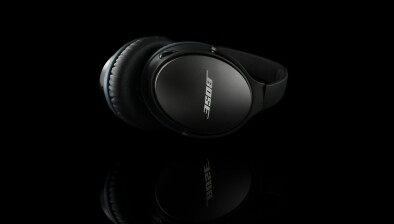And finally… New technology literally blows 3D printing out of the water
The newest innovation in 3D printing has taken inspiration from the iconic scene in the movie “Terminator 2” which sees the robotic villain T-1000 rises fully formed from a puddle of metallic goo.
Creators from Carbon3D came out of two years of stealth mode Monday night with a simultaneous TED Talk and Science paper publication. Their new tech, which they say could be used in industrial applications within the next year, makes coveted 3D printers the likes of those sold by MakerBot look like child’s play.
“We think that popular 3D printing is actually misnamed — it’s really just 2D printing over and over again,” Joseph DeSimone, a professor of chemistry at University of North Carolina and North Carolina State as well as one of Carbon3D’s co-founders told the Washington Post. “The strides in that area have mostly been driven by mechanical engineers figuring out how to make things layer by layer to precisely create an object. We’re two chemists and a physicist, so we came in with a different perspective.”
Just as the evil T-1000 rises from its puddle of metal alloys, objects created by the new printer seem to ooze into existence from the ether. They come out fast, too: 25 to 100 times faster than anything on the market now, according to the study published in Science.
DeSimone and his colleagues call their new process “continuous liquid interface production technology,” or CLIP.
CLIP places a pool of resin over a digital light projection system. A special window between the resin and light allows both light and oxygen to travel through (much like a contact lens, DeSimone explained).
To create an object, CLIP projects specific bursts of light and oxygen. Light hardens the resin, and oxygen keeps it from hardening. By controlling light and oxygen exposure in tandem, intricate shapes and latices can be made in one piece instead of the many layers of material that usually make up a 3D printed object.
Those layers are defects, keeping the object from being a smooth surface. To minimize them, designers have to spend even longer printing the objects out.
“These hurdles mean that 3D printing can be amazing for making prototypes, but just not as good for creating a commercial product in a lot of applications,” said Carbon3D’s chief marketing officer Rob Schoeben. “That’s what we’re most interested in changing.”
















